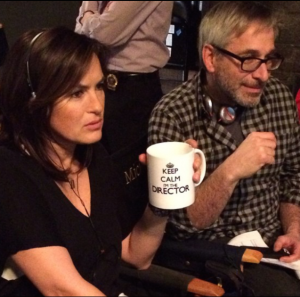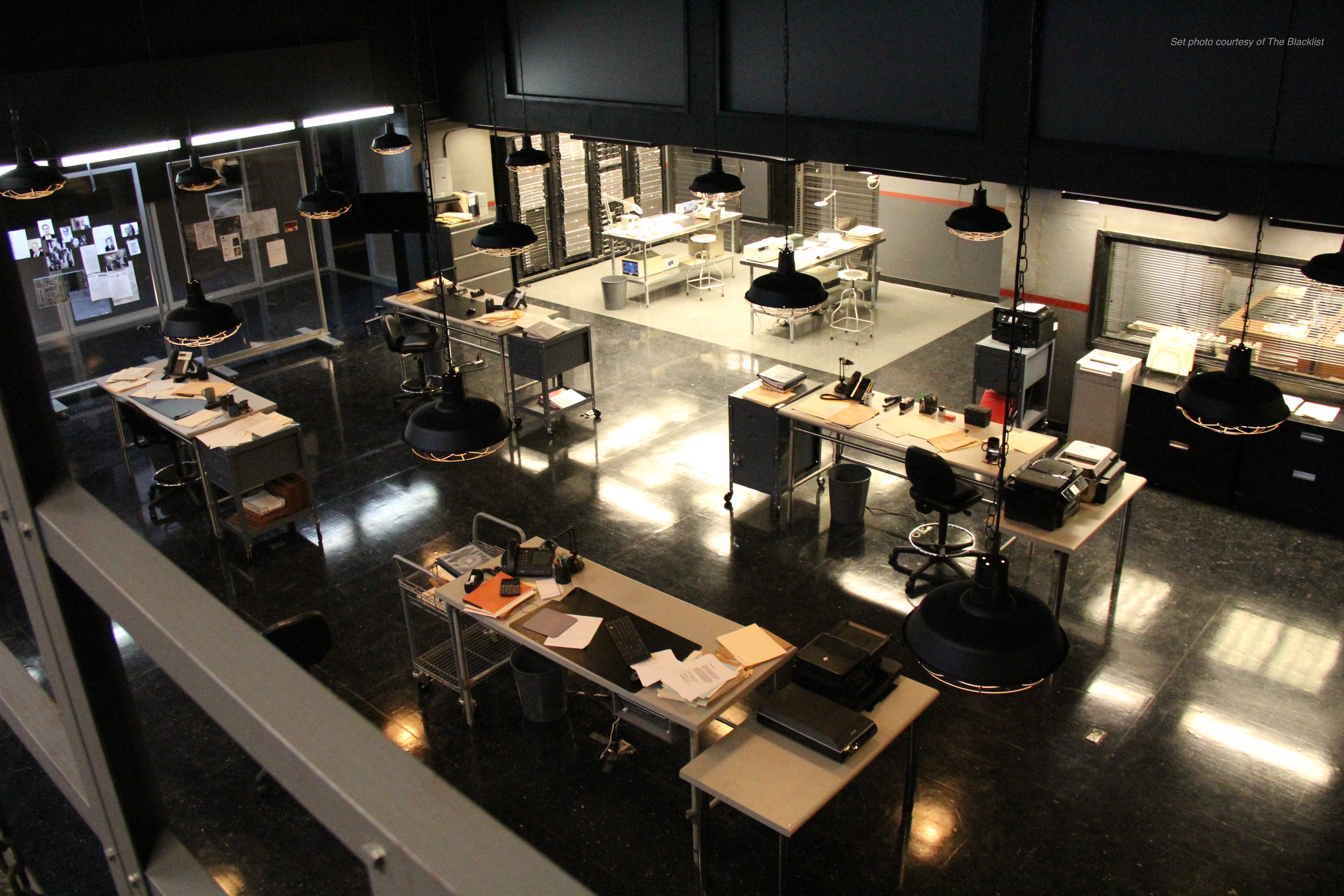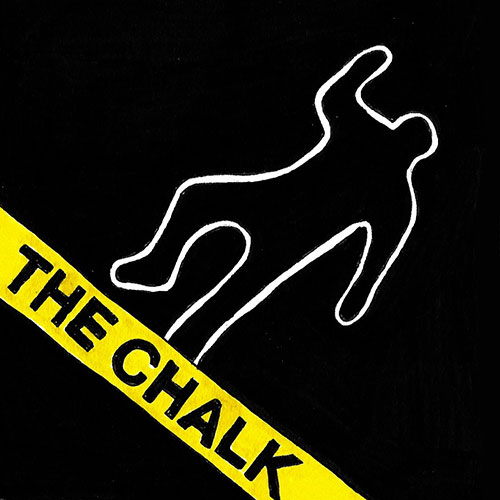Behind the Crime: Q&A with Peter Blauner
By Nicholas Rees
The Chalk‘s exclusive with Peter Blauner, novelist and writer/producer for “Law & Order: SVU” and “Blue Bloods.”
With six crime-centric novels published and a seventh due in 2017, nearly a decade spent as a journalist for New York Magazine, and more than 20 episodes of television written for primetime hits including “Law & Order: SVU,” “Blue Bloods,” and “Law & Order: Criminal Intent,” Peter Blauner has explored the New York crime scene on a deeper level than most writers would ever aspire to.
Throughout the 1980s, Blauner’s assignments taught him “about the machinery of the city.” For example, in one instance a quick call to the Division of Bingo Enforcement led to unfettered access to an inspector and “ended at a bingo parlor on Empire Boulevard in Brooklyn with two hookers attacking the poor bingo inspector trying to rip his shirt open.”
As a journalist, novelist, and television writer and producer, Blauner has forged a career writing about homicide detectives, urban homelessness, murder, rape, child abduction—even incorporating an overstepping Pulitzer Prize winning journalist, played by Alec Baldwin, into the mix during “Law & Order: SVU’s” fifteenth season.

Mariska Hargitay and Peter Blauner at the ‘SVU’ monitors.
At Blauner’s suggestion, we met at Forlini’s—an old school Italian joint known for heaping plates of gnocchi and stuffed manicotti—which serves as an unofficial lunch spot for Manhattan’s judges, lawyers, and testifying policeman. Located mere blocks from the buildings that comprise New York City’s Justice system, the restaurant on Baxter Street is virtually unknown to those outside the world of crime and punishment. Initially made aware of the Italian hangout by Nicholas Pileggi, the famous writer behind “Goodfellas” and “Casino,” Peter Blauner has utilized the space as an authentic New York setting for both “Blue Bloods” and “Law and Order: SVU.”
While munching on a salad, Blauner spoke about the process of writing and producing an episode of primetime television, his upcoming novel tentatively titled “Proving Ground,” and some of his favorite crime TV shows.
How did you get into the television business?
I got into it recently, 2006. After I finished my last novel, a friend of mine, Eric Bogosian was cast in a lead role in “Law and Order: Criminal Intent.” He suggested I meet with the showrunner, Warren Leight—a Tony award winning playwright who had transitioned into television. He said, ‘I think you could be useful with your experience.’
I happened to remember a real crime story that I thought could be the kernel of an idea [for] a Criminal Intent episode. It involved four prep school students who robbed a bodega in the Bronx to pay for repairs on a Mercedes they had wrecked. A crime that went even more wrong when one of them was killed. Warren and I figured out a way to structure a story that worked within the format of the show. Then he was kind enough to hire me as a staff writer for the next season.
What is the writing process like for “Blue Bloods?”
Last season, there were three that were my episodes. I come up with three distinctive plotlines for each episode involving the lead characters. I present the idea for those plotlines to the showrunner, Kevin Wade. He’ll give me his thoughts and notes. Those will be kicked upstairs to the network, CBS executive producer Leonard Goldberg. There may be adjustments made based on their notes and then it gets outlined in more precise detail. It describes where it will take place, the characters involved, some of the dialogue, the dramatic conflict within each scene described. At that point, if everyone is on the same page, a lot of your job is done.
Then you write the script [which] should lay out fairly easily if you’ve thought it through carefully. Kevin will take a shot at running it through his computer. He’s a good writer. He tends not to rewrite me, but when he does, it’s in the spirit of what I was trying to do. In my very first episode, the scene I enjoyed the most, he half rewrote. From there, I’m on set and we’re shooting. You’re there when an actor will say, ‘Can I say yeah instead of yes?’ On this show, you’re there for the editing process and I’ve learned how that can change the mood, not only a specific scene but the entire tenor of a performance.
You’re also a producer for “Blue Bloods,” what does that entail?
Producing is an extension of the writing. I write an episode, I attend casting sessions, I go location scouting or I’ll suggest that we shoot at a place like [Forlini’s] which we have several times. [For] a recent episode of “Blue Bloods,” we had a stand off in a courthouse. We were able to shoot at 100 Center Street which is where it would happen. We have a technical advisor on the set, Jim Nuciforo, a former detective, who’s my partner in crime in trying to make this realistic.
“A show is often defined by what it is not.”
So you also have a hand in the casting process?
[In that] episode, called “Stomping Grounds,” there’s a great scene with Michael O’Keefe— who’s a terrific actor I wanted for that. I was insistent that Michael play the role because I’d worked with him and I’d seen in him in “Caddyshack” and “The Great Santini.”
You’re in New York City, you have access to the greatest actors in the world. I’m not saying attractive people can’t be good actors but I like someone whose face saves me time as a writer. I want to see that on the actor’s face, because I don’t have time to talk about it in dialogue in an hour-long show.
Coming from a journalist and novelist background, how would you describe working in television?
When you’re having fun, it’s a blast: the camaraderie, the adventures you have at three o’clock in the morning on Long Island near the freezing boardwalk, all kinds of interesting places, people and laughs.
At the end of the day, you’re a worker among workers. People aren’t watching the show for your writing. You’re kidding yourself if you think you’re the main attraction. When you write for a television show where a well-known actor is playing an established character, there are only certain things that can or can’t happen. A show is often defined by what it is not. The audience wants the comfort of that television show, the comfort of that routine.
What can you tell me about your latest novel, “Proving Ground?”
It’s a revenge story. A well-known New York criminal defense attorney is found murdered near Prospect Park in Brooklyn. His son, who has been estranged for years and rebelled by joining the United States army, comes back to New York to attend his funeral and tries to resolve the relationship in ways that can’t be resolved now that his father is dead. To make up for that, he tries to find out who killed his father. In doing so, he finds himself drawn into a situation that’s a contemporary version of Hamlet. The other character that comes into the mix is a female, Hispanic police detective from the 78th precinct in the neighborhood. She’s not Ophelia, but she’s an important plot element. I try to do a lot of research into each of the characters I write about.
How do you research for your novels?
When I did “Slow Motion Riot,” I was a volunteer probation officer for six months so I could write about the day-to-day experience in a more textured, realistic way. When I wrote “The Intruder,” I worked at a homeless shelter for a year and became good friends with a bunch of homeless guys. For this, I got very involved in various veteran groups and got to be friends with guys who served. At Walter Reed Hospital in Bethesda, Maryland, I spent time with people who’ve had really traumatic injuries.
You’ve worked on “Blue Bloods” and multiple “Law & Order” series, but what are some of your personal favorite crime shows?
I’m more of a cable kind of guy. At two ends of the spectrum are “The Wire,” of course, and “Breaking Bad.” “The Wire” is very close to my experience as a reporter, especially in the ‘80s and ‘90s, and [it has] the realistic detail that opens the door into an understanding of characters and their way of looking at the world. “Breaking Bad” is a completely stylized alternative reality but it engages you at that level. As a pure expression of visual medium, I think it was incredibly successful. They would create these wonderful, open vistas and have one tiny thing happening against this vast blue sky [and] they would take their time letting you understand what that was. It’s much closer to what you can do in a novel than what you can do on a normal television show.
Looking back to the beginning of it all, what made you want to become a journalist?
I became a journalist so I could be a novelist. I don’t have any problem saying that. I wanted to be a novelist of the realistic, urban school. I didn’t want to write my autobiography over and over again which is what some writers do.
I figured I had to pay the rent and it’d be good if I learned a trade. I started looking at the backs of books by writers I admired to see what they did before they became novelists. A lot of them were newspaper men or journalists.
When I was at New York, I was expected to write about different subjects and different communities, not all were to my liking. I knew I wanted to get back to writing about the darker side of the city. Often there’s a down side, people say ‘You’re too limited. I don’t want to read about that gritty stuff. I’m more into escapism.’ I understand that, but this is where I belong and this is what I can do. You have to make yourself happy. You have to keep yourself interested.

